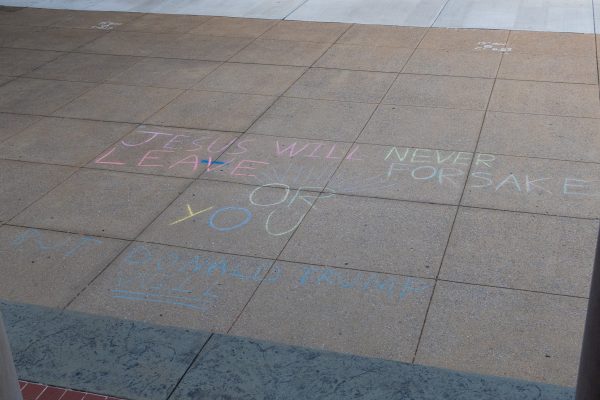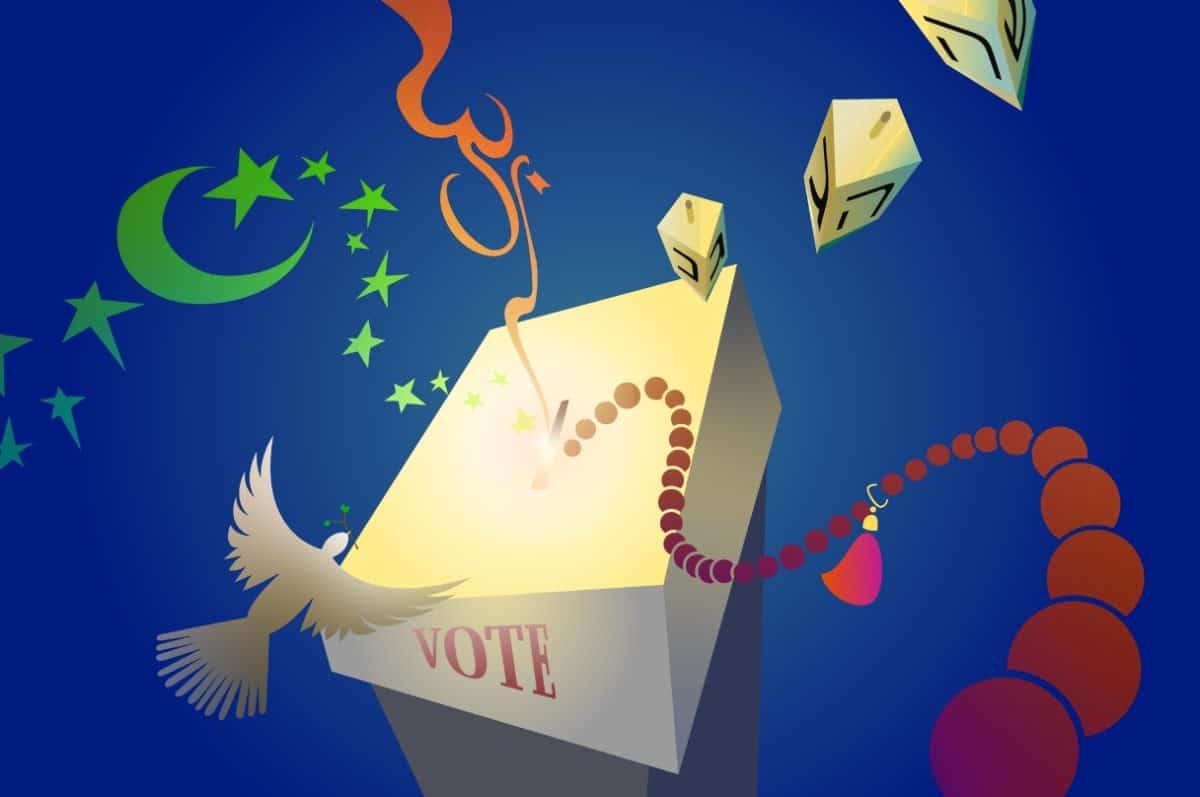The intersection of religion and politics has a long history in American government and can be dated back hundreds of years, a famous example being the 1802 letter from then-President Thomas Jefferson to the Danbury Baptist Association. The letter is where the phrase “separation of Church and State” was coined.
In 2024, younger generations reported having fewer ties to religion. However, with about 6 in 10 American voters being over 50 according to the Pew Research Center, the influence religion has can make it a huge factor in the upcoming presidential election.
A person’s political socialization – how individuals develop their political views – and religious identity impact whom they support as a candidate and, ultimately, whom they vote for.
“The state organizes us into schools, the state organizes us into jobs, the state organizes us in lots of ways, but religion is one of the few things that organizes us outside of the state,” said Chris Hale, an associate professor of political science who studies the Catholic Church in Latin America.
The unity of religion creates ties to political groups. For example, members of the evangelical Protestant Church, non-evangelical Protestant Church and Catholic Church tend to lean more Republican, while those who are Jewish, Muslim or do not have a religious affiliation tend to lean more Democratic.
Religion can act as a base for people’s beliefs, especially for those who grow up in church and thus learn religion from an early age.
Dalis Lampkins, a graduate teaching assistant in the political science department, said that both a person’s political and religious ideologies are tied to their morals and values.
“Outside of your family, for a lot of people the church is the first place that you learn about how to treat people and what is right and what is wrong,” Lampkins said.
How religion becomes influential in politics can come from the rhetoric candidates use or the symbols they highlight during their campaigns.
During the Capitol attack on Jan. 6, 2021, Trump supporters rioted with American flags, bibles, crosses and other religious items.
“Uncivil Religion” is an online collection of media galleries from Jan. 6 and essays written by scholars about the events that took place. The media galleries include images of a painting of Jesus in a Trump hat, crucifixes and a “Jesus 2020” banner.
Michael Altman, a professor in the religious studies department, has studied the attack at the Capitol and co-wrote “Introduction: A Religious, Yet Religiously Incoherent Event” for “Uncivil Religion.”
“We’re going to continue seeing religious language and religious rhetoric being used by candidates as a way to signal, as a way to attract voters,” Altman said.
Altman said that by voting, a person is performing their religious identity, and because of that identity, they are creating a binary of “us” and “them.”
This crossroads of religion and politics has also been seen in smaller settings — for example, on campus through protests in support of Palestine and messages written on sidewalks comparing Jesus and Trump.

Altman said that people of opposing views used religion as a way to further demonstrate their point and, by doing so, creates a division where religion and politics are the line.
“Political language is always about creating voting blocks and creating constituencies around a given candidate or for a given party,” Altman said. “If religion is functioning as a really important identity point for people, then it’s going to continue to be one of the ways that politics, politicians and political parties make ‘us-es’ and ‘thems.’”









